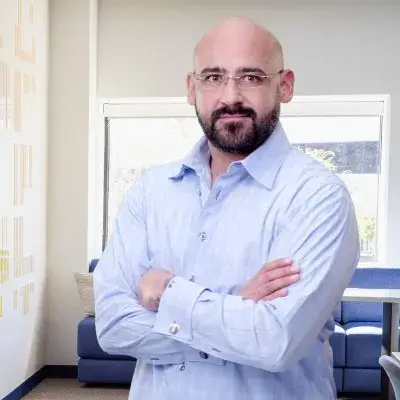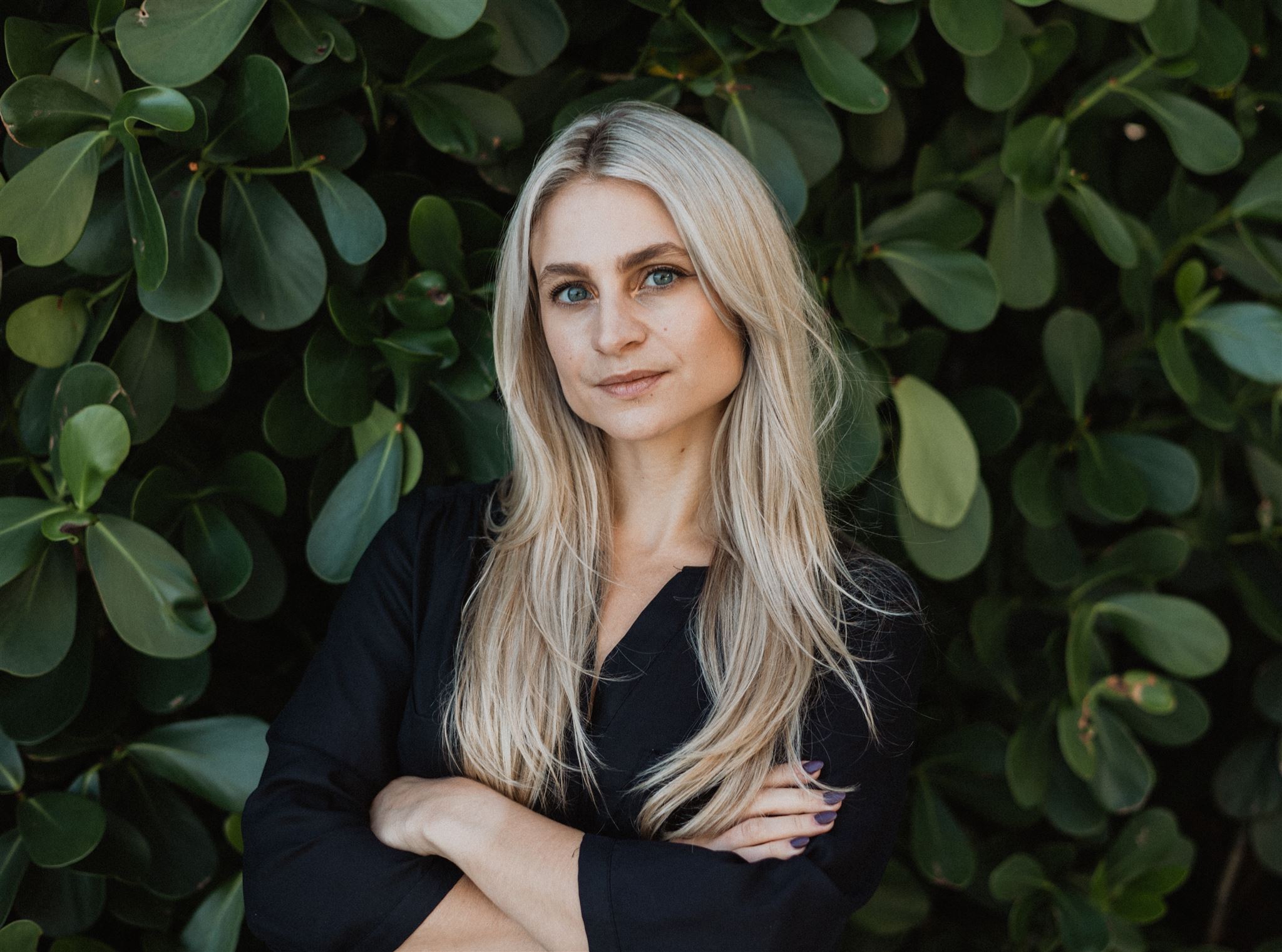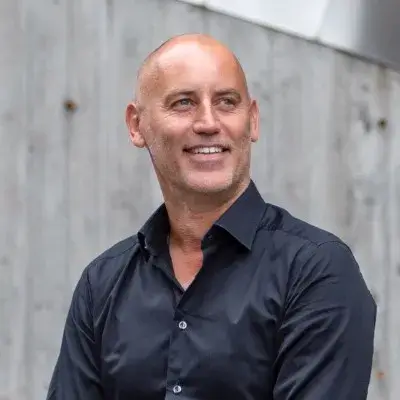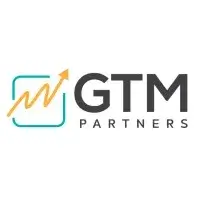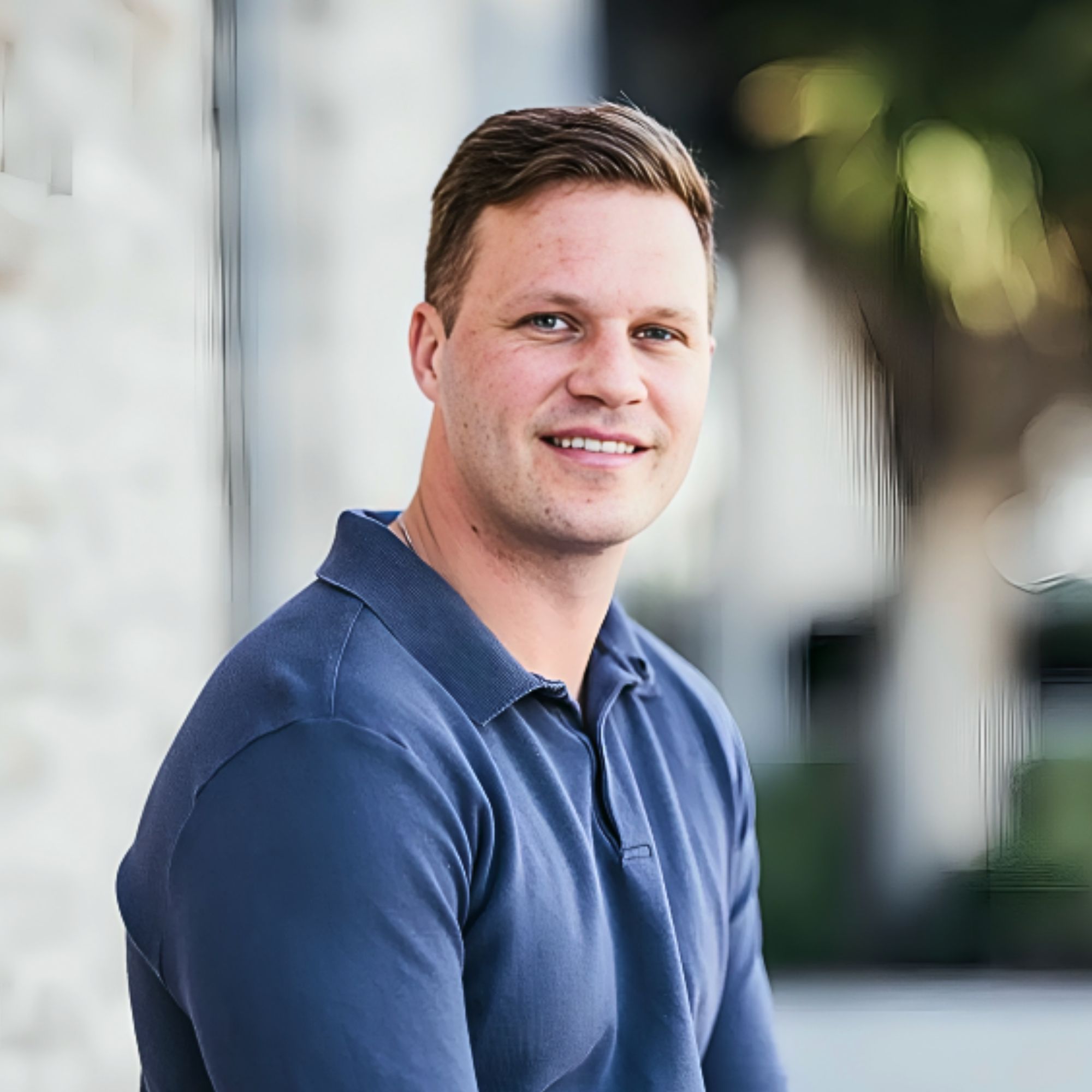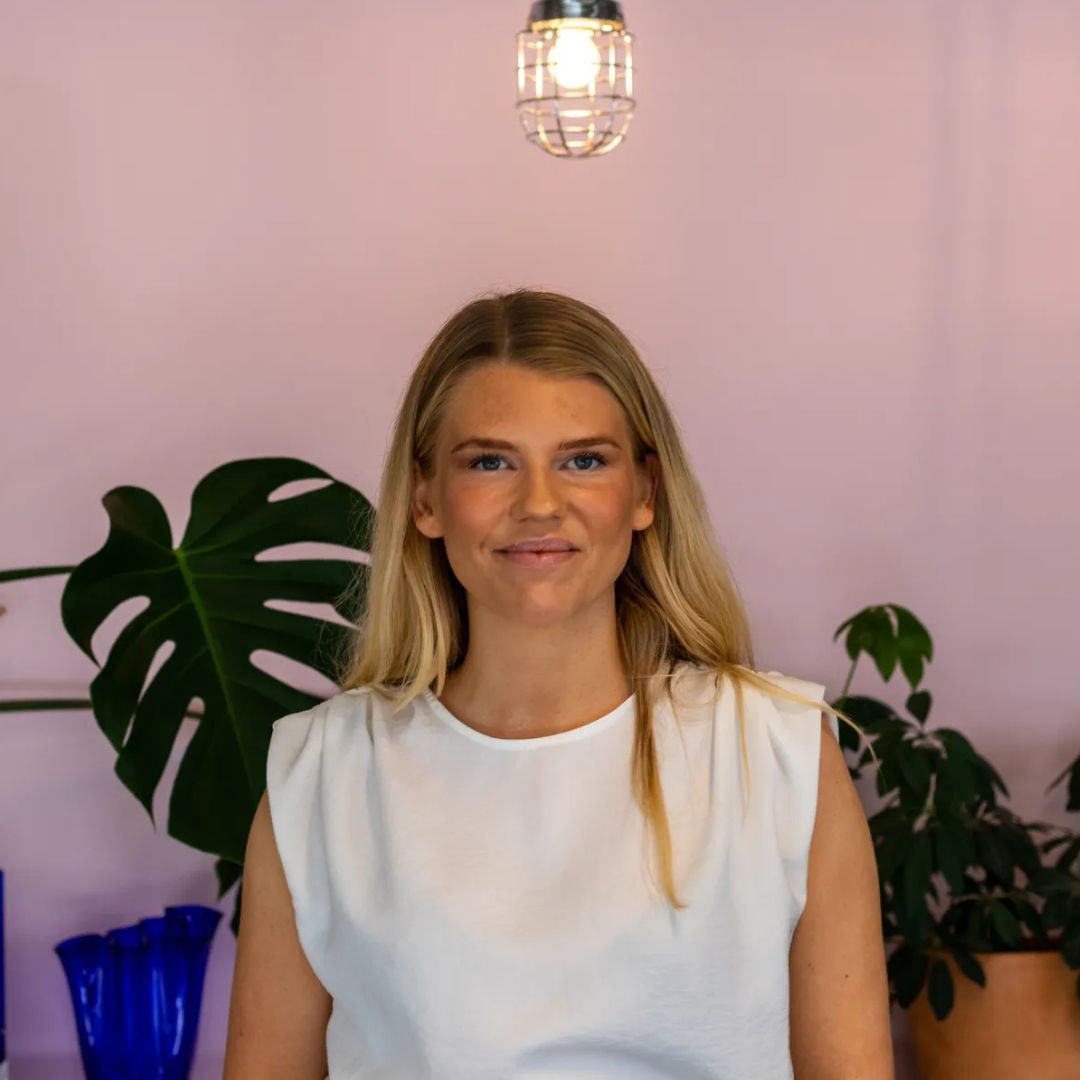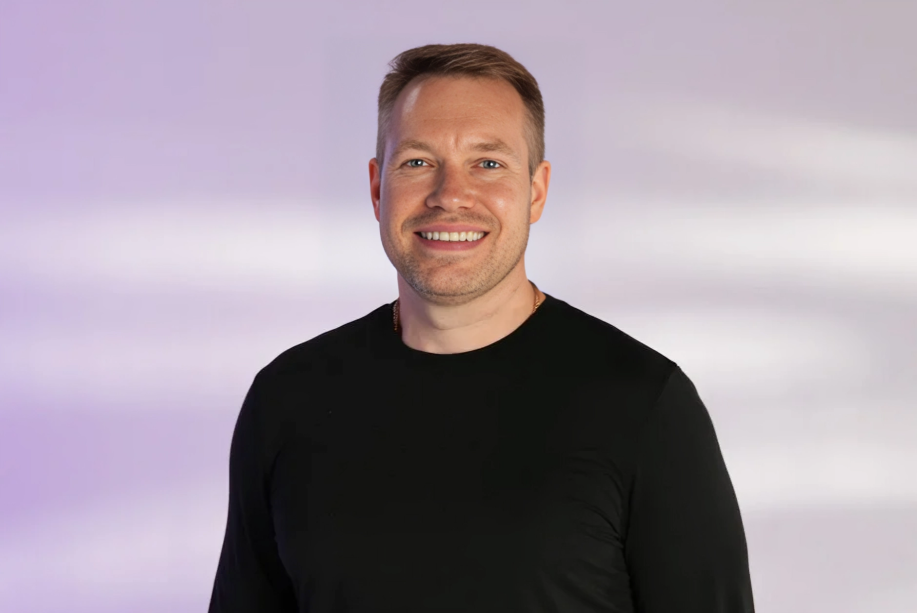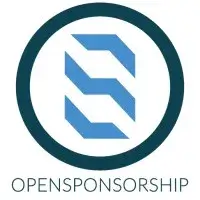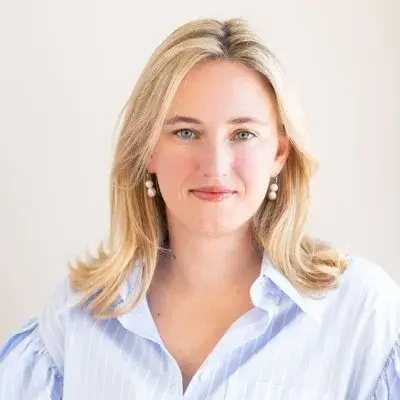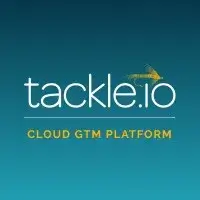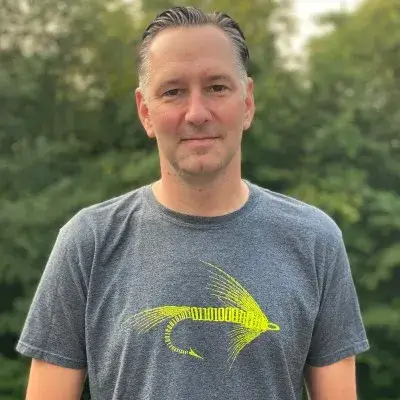Ready to build your own Founder-Led Growth engine? Book a Strategy Call
Frontlines.io | Where B2B Founders Talk GTM.
Strategic Communications Advisory For Visionary Founders
Actionable
Takeaways
Focus on the enterprise early if that's your market:
Despite conventional wisdom to start with smaller clients, Cassandra recognized her solution needed enterprise adoption first. "When you decide you're going to do top-down selling and sell into the largest organizations in the world as a startup, that's a hard road. Most startups are going to go after smaller companies first," she explained. This decision forced PartnerTap to mature faster in areas like security posture and enterprise readiness.
Build a network effect into your GTM strategy:
Cassandra targeted companies with large partner ecosystems to create natural expansion opportunities. "Going in and selling to ADP was going to bring a huge partner ecosystem. Their biggest partners became customers. This starts the network effect of PartnerTap," she shared. This approach created a built-in pipeline for future enterprise deals.
Validate your concepts before going all-in:
Before leaving her sales career, Cassandra methodically prepared for entrepreneurship: "I banked a lot of commission checks for over a year... We did a lot of nights and weekends where we got a co-working space and built out the wireframes, and we actually had people come in and give us feedback, like people that were our actual eventual users." This preparation reduced risk and validated market need.
Be willing to pivot your GTM approach:
PartnerTap initially pursued a bottom-up strategy focused on sellers, but quickly realized they needed partner teams' buy-in first. "We thought we're just going to connect sellers with partner data without the partner team. We realized pretty soon that we had to build a whole other module and pivot the way we were selling," Cassandra explained. Recognizing when your initial GTM hypothesis is wrong and adjusting quickly is crucial.
Make core values actionable, not aspirational:
Customer love is PartnerTap's core value, but Cassandra ensures it's lived daily through dedicated Slack channels recognizing team members who exemplify it. Their enterprise-focused success team delivers exceptional service, resulting in zero enterprise customer churn since founding—even through difficult market conditions like COVID-19. As Cassandra notes, "The kiss of death in SaaS is churn."
Conversation
Highlights
Breaking Down Data Silos: How PartnerTap’s Enterprise-First Strategy Unlocked the Hidden Potential of Partner Ecosystems
The B2B buying process has become exponentially complex. With 13 decision-makers inside a typical enterprise, each influenced by seven different partners, sellers navigate a web of 91 potential influences per deal. Few understand this challenge better than someone who lived it from the trenches.
In a recent episode of Category Visionaries, Cassandra Gholston, CEO and Founder of PartnerTap, shared how her experience as a software sales professional led her to build a partner orchestration platform that’s raised $9 million to help enterprise companies drive more revenue through their partner ecosystems.
The Partner Intelligence Problem
Early in her sales career, Cassandra noticed something that would eventually become the foundation for her company: the highest performers weren’t cold calling; they were selling alongside partners.
“From very early days in selling, I looked around cubicle land and I’m like, the people that are not cold calling—those people are actually on the phones with partners,” Cassandra recalls. “Building these relationships with partners and selling together or just getting introductions or getting influence in deals is so important in sales.”
But identifying which partners covered which accounts was nearly impossible. Partner data was locked in separate CRMs, held under tight control by channel teams who feared direct seller-to-partner connections might disrupt carefully managed relationships.
“To try to figure out who are all the Cassandras in my territory at different partner companies was so hard,” she explains. “There was a lot of fear for the partner and channel teams that sellers will kind of mess up deals or screw the partner in some instances.”
This protective approach ultimately worked against company growth objectives. “At the end of the day, the people that actually close contracts are sellers,” Cassandra emphasizes. “Sellers need to know who are the seven different partners that are surrounding my buyer and customer at any given time.”
Methodical Preparation Trumps “Leap of Faith” Entrepreneurship
Unlike the romanticized notion of entrepreneurs quitting their jobs on impulse to pursue a dream, Cassandra’s approach was calculated and methodical.
“I banked a lot of commission checks for over a year to make sure that I was going to be able to take this thing prior to getting funded,” she explains. “We did a lot of nights and weekends where we got a co-working space and thought about what this would look like and built out the wireframes, and we actually had people come in and give us feedback, like people that were our actual eventual users.”
This preparation paid dividends when PartnerTap launched. Rather than starting from scratch, they already had validation from future users and runway from saved commissions to weather the inevitable early challenges.
The Early Pivot That Changed Everything
PartnerTap’s initial hypothesis seemed logical: bypass the gatekeeping partner teams and connect sellers directly with the partner data they needed. But this bottoms-up strategy quickly hit resistance.
“We had this premise that the partner and channel teams need to provide all this data to sellers,” Cassandra shares. “We thought we’re just going to connect sellers with partner data without the partner team. And we realized pretty soon that we had to build a whole other module and pivot the way that we were selling.”
This realization forced a complete shift in their go-to-market approach. “There was a big pivot that happened where we were going this bottoms-up approach to the market and then really quickly realized, hey, this needs to be a top-down enterprise focus, which completely changed the go-to-market for the company.”
This pivot—recognizing that partner teams needed to be brought along first, not circumvented—fundamentally altered PartnerTap’s trajectory and product development.
The Counterintuitive Enterprise-First Strategy
Conventional startup wisdom suggests starting with smaller companies and working your way up to enterprise clients. PartnerTap did the opposite, targeting the largest companies immediately.
“When you go and you decide you’re going to do top-down selling and you’re going to be enterprise selling and you’re going to go sell into the largest organizations in the world as a startup, that’s a hard road,” Cassandra acknowledges. “Most startups are going to go after smaller companies first.”
This decision accelerated PartnerTap’s maturity in unexpected ways. “From just everything in the company, like the security posture, all of these things came into account really early and fast,” she explains.
Their first enterprise client was ADP, one of the world’s largest payroll providers. This strategic choice proved prescient. “We knew that going in and selling to ADP was going to bring a huge partner ecosystem. And so their biggest partners became customers. This starts the network effect of PartnerTap.”
Building Trust When You Have No Track Record
Landing enterprise deals as a new startup requires earning trust without established credibility. For PartnerTap’s first major client, this meant convincing them to take a significant risk.
“At the time when we were selling, we hadn’t gone through a SOC audit yet, all of these things that you need to do,” Cassandra recalls. “But I also knew that this problem was big because the people inside of the company needed to go solve this.”
The champion who backed PartnerTap put their professional reputation on the line. “The person that did champion our deal said, ‘I would bet my job on this,'” Cassandra shares. “As founders, of course we are going to do 300% of what they want. That customer was surrounded by PartnerTap for sure.”
This extraordinary commitment to customer success set a pattern that continues today.
From Core Value to Competitive Advantage
Many companies list “customer obsession” or similar phrases as core values without meaningful follow-through. PartnerTap has turned “customer love” into a genuine competitive advantage.
“We talk about it and we have a Slack channel where we’re promoting people that are acting in the core values of the company,” Cassandra explains. This cultural commitment has yielded remarkable results: “The kiss of death in SaaS is churn. I’m really proud to say that we have not had enterprise customer churn yet.”
Maintaining perfect enterprise retention through market turbulence—including the COVID-19 pandemic, which hit many of their customers hard—demonstrates the power of operationalizing values rather than merely stating them.
The Fempire Effect: Building Community Beyond Product
Beyond PartnerTap, Cassandra has built Fempire, a community that began as an internal joke about their female-led executive team and evolved into a powerful business network. What started as a dinner for women leaders at a conference has grown into events sponsored by technology giants like Microsoft and ServiceNow.
What distinguishes Fempire is its focus on business transactions, not just inspirational content. “I always talk about how this isn’t about female empowerment,” Cassandra explains. “Everybody in the room is already empowered and we need to use that power to buy from each other, do business together. That’s really how you change the flow of capital.”
This community has become both a driver of PartnerTap’s growth and a model for how networks can generate tangible business outcomes rather than merely connections.
The Founder’s Long Game
Ten years into a startup journey, maintaining the same energy and passion from day one becomes challenging. Cassandra’s approach combines customer engagement with deliberate self-care.
“I think for me, the excitement is always around talking with the customers. You’re getting fed from that area,” she shares. “And then also, I do a lot of meditation, I’m working out. You’ve got to keep your mental health in check.”
Perspective plays a crucial role in sustaining motivation: “I always think about, anytime I’m upset about something, I remember when you wanted what you currently have right now. You have to be comfortable where you are.”
At its core, the startup journey requires relentless persistence: “A lot of startup is just a ton of grit. It’s just no quit. And I think being in a sales capacity, you have to have that.”
Looking Forward: The Partner-Enabled Enterprise
PartnerTap’s vision extends beyond solving today’s partner data challenges to fundamentally transforming how enterprises collaborate. “Big picture for PartnerTap is really connecting the world’s largest companies and sellers so that sellers at the end of the day are making more money through their partners by connecting around PartnerTap,” Cassandra explains.
As enterprises increasingly recognize the revenue potential of partner ecosystems, PartnerTap’s secure data-sharing approach positions them at the center of this transformation—proving that sometimes the most valuable innovation isn’t creating new data, but unlocking the potential of what already exists.







